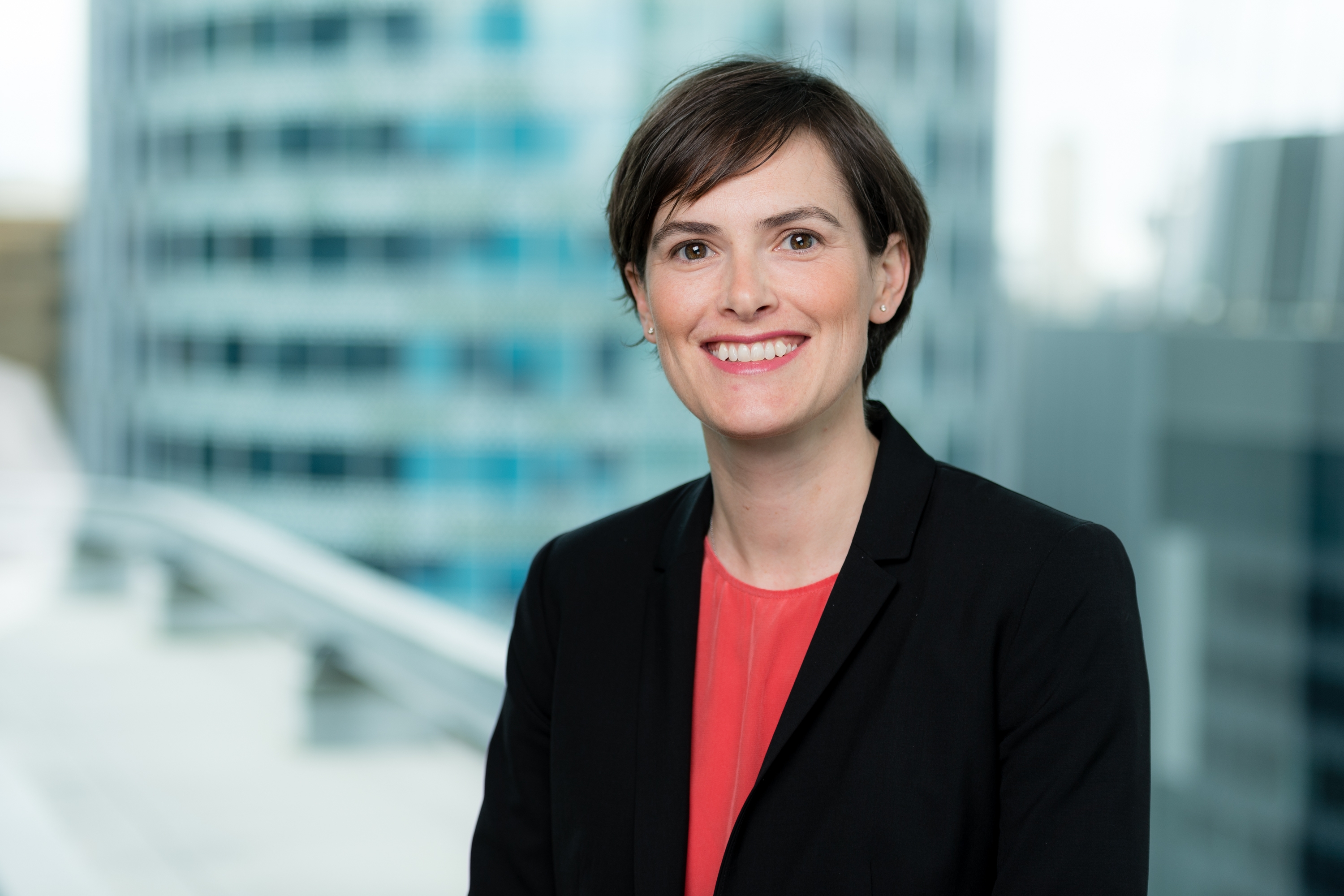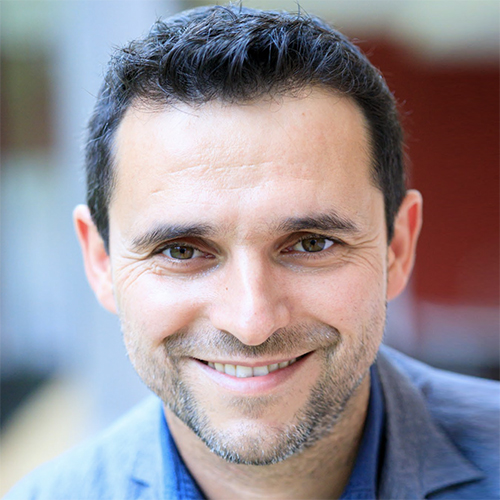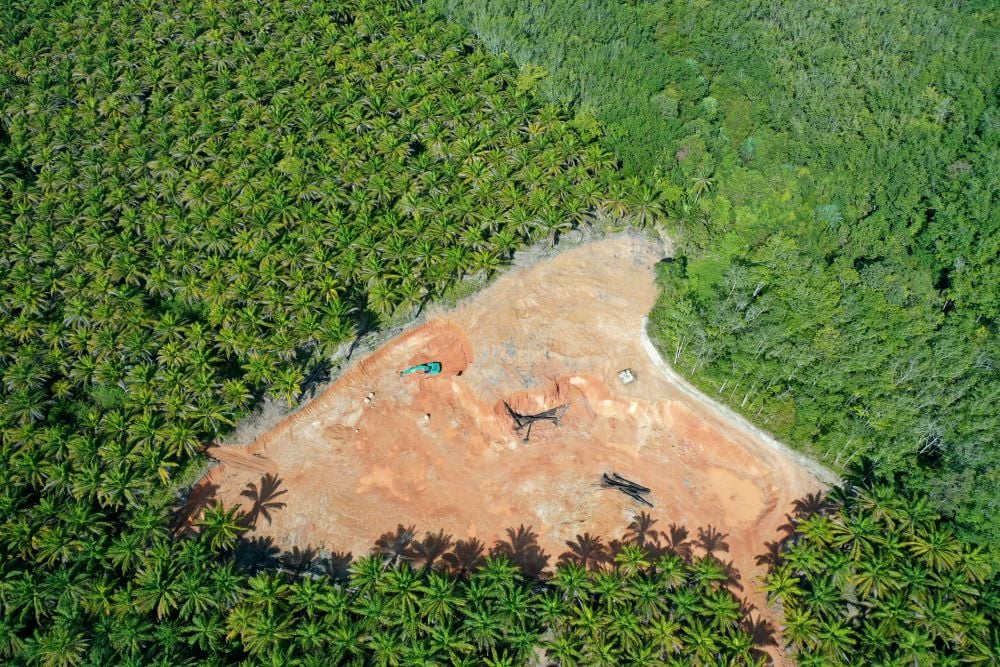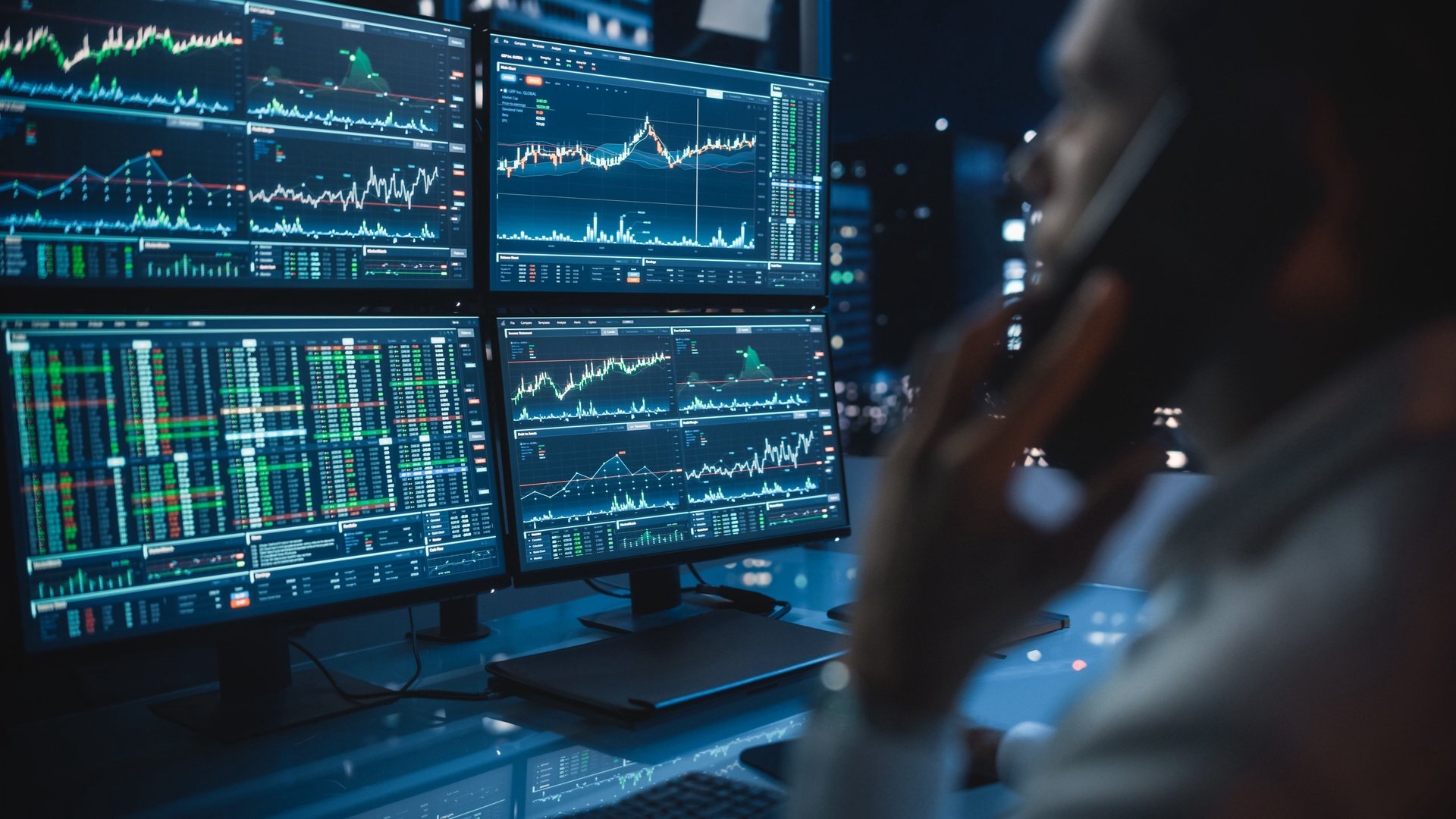 |
Q. What differentiates quantitative investing from other strategies?
A. It allows us to objectively compare return and risk opportunities. We can estimate the return of stocks and how volatile those stocks are going to be. When you put them together in a portfolio you can have not only an expectation of your portfolio’s return but also how risky and volatile it’s going to be. That’s part of what we’re trying to do, which is to achieve a strong return and make sure the return is not too volatile. We want to minimize the risk that investors have in their equity portfolio.
I was a very early convert to a quantitative approach to investing. What I like about it is the objectivity. It also has the breadth that allows an investor to exploit the market. Effectively we can have a view on 14,000 companies every day. We can have an expected return for that many companies around the world. That’s what quantitative investing allows us to do.
Q. Why do we need quantitative investment strategies?
A. These are strategies that I think are most relevant for today’s market particularly because we’ve got such low growth and low interest rates. Also, the search for yield is huge and market volatility is coming from everywhere.
It’s really hard to know where to get the next source of growth investors need when you’ve got an aging population and the need for retirement assets is growing everywhere. It’s not just a developed-market phenomenon. China has this issue too.
Another thing that happens at the onset of retirement is that people’s risk appetite falls. It becomes harder for them to stay invested in equities when they’re volatile. In that type of environment, you can create an equity portfolio which is still very straight forward. It’s still just long-only equities, fully invested in equities but you can help manage the return path as well as the total return. That helps mitigate the effects of ongoing market volatility to the end investor.
That’s exactly what we’re trying to do, match our portfolios’ objectives with the end investors’ objectives because the end investor wants to grow their wealth and protect it. So we want to make sure both of those objectives are built into the strategy that we’re managing.
Q. Do you have a fund with that specific strategy?
A. Yes, we do, its the Global Defensive Equity Strategy. The fund’s AUM is US$19.71 million as of June 30 2016. The fund size almost doubled in 2016. It was launched at the beginning of 2009 and has been growing in the last 12 months. Over the last five years, we’ve outperformed the market by around 5% per annum and we’ve got a quarter less volatility than the market.
In terms of trying to achieve that objective, we’ve been able to cushion investors against major market drawdowns like we saw during the Euro crisis in 2011. The market had a strong negative return but our return was actually positve. So being able to cushion investors against a major market draw down is a big factor in helping them protect their investment.
Q. How do you manage the portfolio?
A. Everything we do is from a bottom-up perspective. Every company in our universe of stocks gets an expected return. The universe for this strategy is the MSCI world index with 1,600 companies. Our client portfolio has around 105 names.
The way we put a portfolio together, there are three critical elements we need. First of all, when we build a portfolio we don’t use the benchmark as a starting point to build our positions. We simply buy stocks we want to hold.
Q. What do you use as a starting point?
A. We just select stocks from the investible universe but the portfolio can look very different from the MSCI world benchmark. So it’s a very active fund with active share measures, it’s always around 90% or 95%.
The second ingredient is, we target expected returns. These are companies with the highest expected returns. When we want to estimate expected returns there are a number of characteristics we look for that we measure objectively.
They are, for example, valuation measures, multiple different ways of getting at the valuation which might come from cash flow type metrics or balance sheet or forecast of earnings and dividends, for example. We’ll look at a number of different quality characteristics. This can relate to balance sheet quality, earnings quality or other elements of a company’s quality like it’s solvency, for example. And then we’ll get at characteristics that look into improvements in the company’s sentiment and growth profile. So we are benchmark unaware and we target expected returns.
The third thing is, being explicit about managing and minimizing total portfolio risk.
So we need to estimate the volatility of companies both on an individual basis, the unique characteristics of a company has that makes it volatile, but also how correlated it is to other companies. If you can get uncorrelated companies together you can lower your overall portfolio volatility.
Q. What other elements of the market have been attractive for your strategy?
A. Another element of the market that have been attractive to us is the healthcare sector. It’s one of the few secular growth themes that the global equity market actually has. Earnings growth is scarce around the world, but the healthcare sector has a great secular growth profile because of demographics and because of technology advancement.
The headline healthcare companies that are in the news a lot, like pharmaceuticals and biotech companies, tend to be more expensive and volatile than some other parts of the healthcare sector. The parts of the healthcare sector we prefer are the equipment and the services side, which might be a little dull to talk about. But these companies have great growth, steady cash flows, and they’re a necessary part of the healthcare system. Their earnings are very defensive in nature and growing as well.









